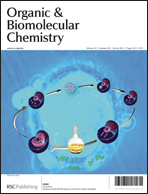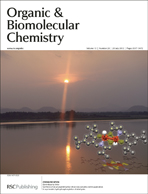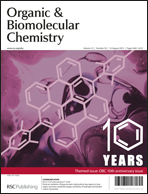 |
With the 10th anniversary themed issue of OBC now online we thought we would share with you a couple of the other cover suggestions that were put forward by authors for this issue. | 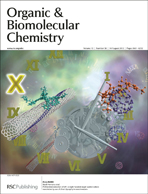 |
Below is the rather striking suggestion from Brimble et al. The tree and leaves represent nature, and its dew, superimposed with their spiroacetal-triazoles, drops into a pool of tablets representing the development of new therapeutic agents.
Enantioselective synthesis of C-linked spiroacetal-triazoles as privileged natural product-like scaffolds
Jui Thiang Brian Kueh, Ka Wai Choi and Margaret A. Brimble
DOI: 10.1039/C2OB06802H
This second suggestion comes from Luh et al., featuring a decameric ladderphane in recognition of the 10 years that OBC has been published.
Double stranded polymeric ladderphanes with 16-π-electron antiaromatic metallocycle linkers
Hsin-Hua Huang , Chih-Gang Chao, Shern-Long Lee, Hung-Jen Wu, Chun-hsien Chen and Tien-Yau Luh
DOI: 10.1039/C2OB25114K
Now you’ve seen the art, why not see the science? View the entire issue, featuring 68 articles from the breadth of OBC‘s scope by leaders in the field!


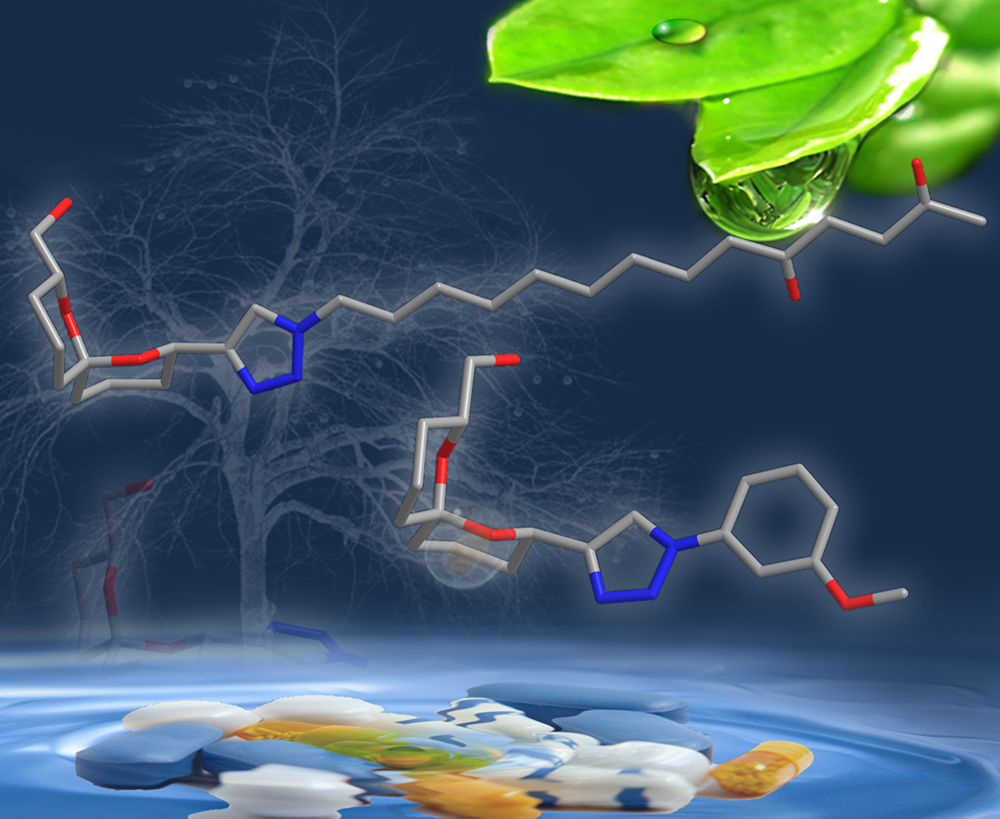
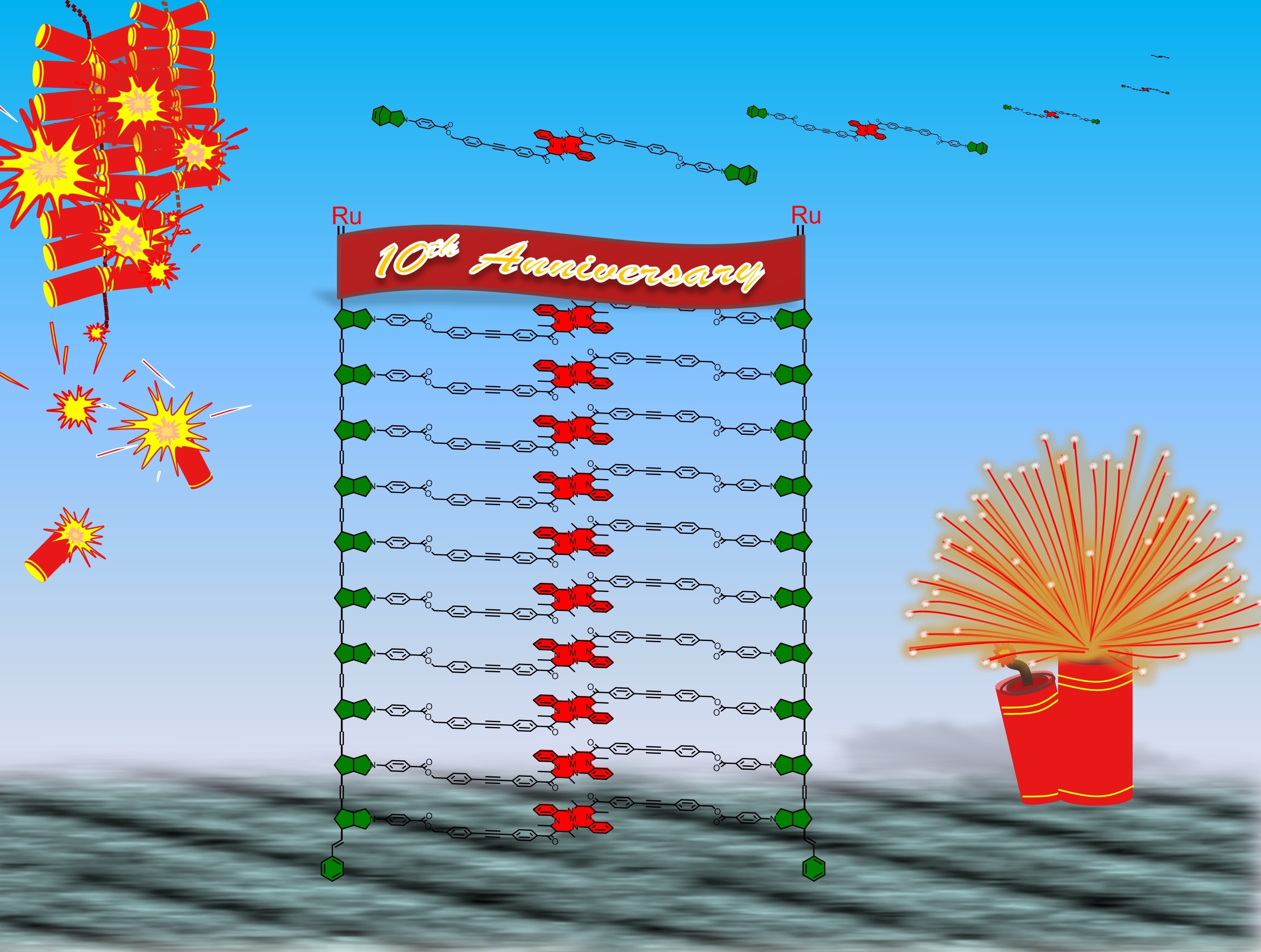









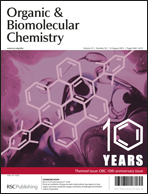
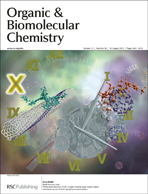
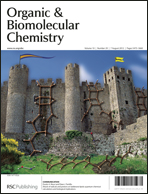
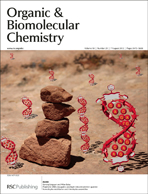
 This HOT Communication from Huaqiang Zeng and co-workers describes a 1D helical channel, composed of short foldamers with sticky ends that self-assemble in the solid state, that acts as a CH2Cl2 channel. What is interesting is that the Cl⋯Cl intermolecular distances within the channel are extraordinarily short. Zeng et al. perform computational modelling and calculate that this unusually short distance destabilises the host–guest complex by 14.94 kcal mol-1.
This HOT Communication from Huaqiang Zeng and co-workers describes a 1D helical channel, composed of short foldamers with sticky ends that self-assemble in the solid state, that acts as a CH2Cl2 channel. What is interesting is that the Cl⋯Cl intermolecular distances within the channel are extraordinarily short. Zeng et al. perform computational modelling and calculate that this unusually short distance destabilises the host–guest complex by 14.94 kcal mol-1.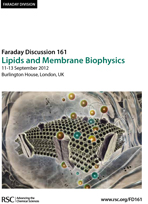
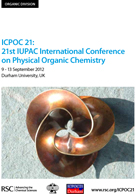

 Syntheses of polysubstituted furans: recent developments
Syntheses of polysubstituted furans: recent developments
